Wentao
Shangguan
Ph.D. Candidate at STIR, BU


- Cross-video neural representations (CURE) for video interpolation was accepted to the ECCV2022! @ Jul 3 2022
- I am going to start Ph.D. at Boston University dvised by Prof. Goyal in this fall! @ Apr 4 2022
- Successfully defended my MS thesis! @ Dec 1 2021
I am a current Ph.D. candidate in the Electrical and Computer Engineering Department at Boston University, advised by Prof. Vivek Goyal. My research focuses on developing computational algorithms for imaging systems, particularly on a large-scale model designed to efficiently handle a substantial number of input frames.
Previously, I completed my MS at Washington University in St. Louis, where I was part of the Computational Imaging Group under Prof. Ulugbek Kamilov, focusing on computer vision and deep learning algorithms. My experience also includes a stint as a visiting research assistant at the The Center for Optoelectronics Technology, SIAT , where I further honed my skills in optical system design.
STIR
Boston University
Boston, Massachusetts
wentaos [at] bu [dot] edu
Learning Cross-Video Neural Representations for High-Quality Frame Interpolation (ECCV2022)
2022
Wentao Shangguan, Yu Sun, Weijie Gan, Ulugbek S. Kamilov
NeVR: Learning Continuous Neural Video Representation with Local Feature Codes for Video Interpolation
2021
Wentao Shangguan
Washington University in St. Louis -
dissertation
Adaptive Single Photon Compressed Imaging Based on Constructing a Smart Threshold Matrix
2018
Wentao Shangguan, Qiurong Yan, Hui Wang, Chenglong Yuan, Bing Li andYuhao Wang
Sensors,
18,
10,
3449
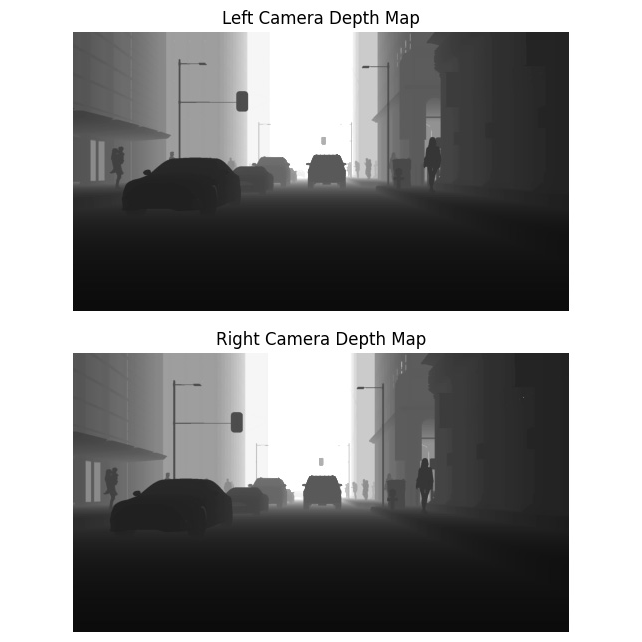
Absorption Assisted Stereo Hyperspectral Depth Imaging 2024
This project utilizes the integration of hyperspectral and stereo imaging techniques to enhance predictions of depth, temperature, materials, and textures under varying conditions. Our innovative attention-based model architecture synergistically processes data from both imaging modalities, providing comprehensive material insights and improved depth perception. By incorporating physical loss functions that consider a range of optical properties—including light absorption, emissivity, temperature, and depth—our model achieves superior accuracy in predicting these complex attributes, thereby setting new standards in imaging technology.
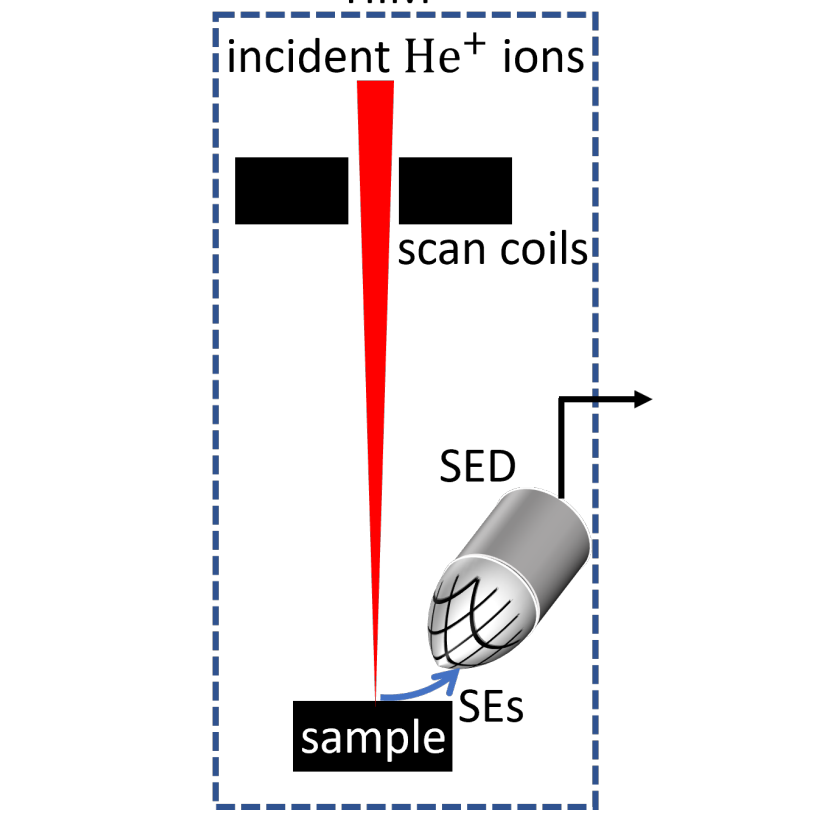
Time-Resolved Particle Beam Microscopy with Deep Learning-Based Jitter Mitigation 2024
This project significantly enhances the fidelity of particle beam microscopy images by segmenting the exposure duration into small time bins to acquire numerous time-resolved samples. This technique effectively mitigates spatial sampling jitter and addresses physical noise challenges. Leveraging innovative deep learning techniques, including efficient hybrid transformer models, we dynamically merge these samples to further reduce jitter effects. This advanced approach significantly improves the overall prediction accuracy of the imaging system, setting new standards in scientific imaging.
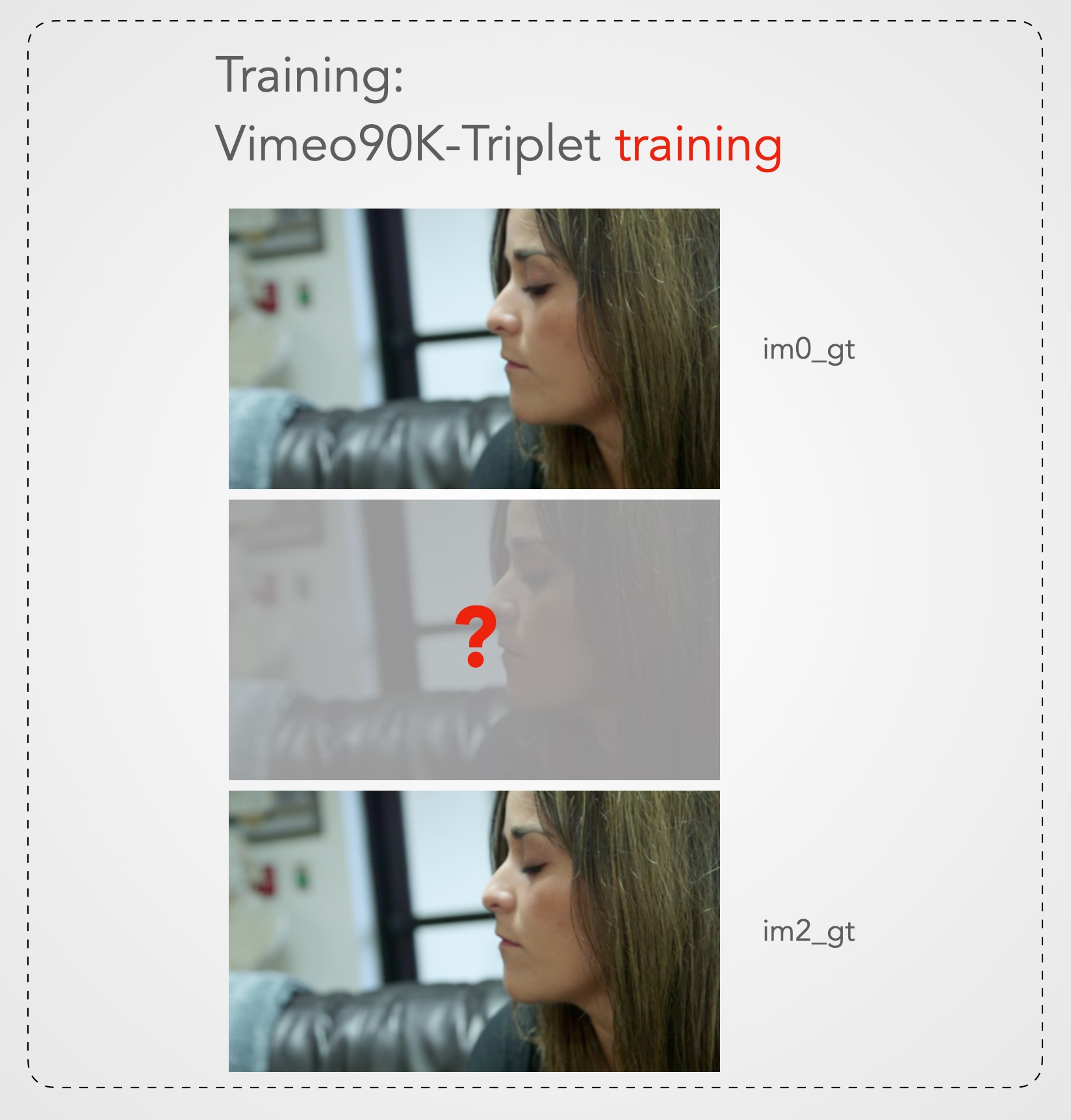
Diffusion Model for Video Interpolation 2023
In this innovative project, we designed a novel 3D U-Net with temporal attention for video frame interpolation. Our approach begins by incorporating optical flow techniques to physically warp adjacent images closer to the center image. Subsequently, the diffusion model is conditioned on these adjacent images as well as our physically warped center image, enhancing the prediction accuracy of the interpolated frames. This method results in significantly improved interpolation quality.
Learning Cross-Video Neural Representations for High-Quality Frame Interpolation 2022
Cross-Video Neural Representation (CURE) is a Deep-learning-based model for temporal video interpolation, where the goal is to synthesize a new video frame given its two neighbors. It is the first video interpolation method based on neural fields (NF) and achieves the state-of-the-art performance on video interpolation on several benchmark datasets.

Underwater spectrophotometer for in-situ seawater COD monitoring 2019
We designed an in-situ chemical oxygen demand (COD) sensor for long-term seawater monitoring, and interrated it to a buoy for coastal trials. It makes COD monitoring becomes possible and simple. The sensors had been contiously working underwater for more than 6 months and provides thousands of valuable UV-Vis absorption spectrum.
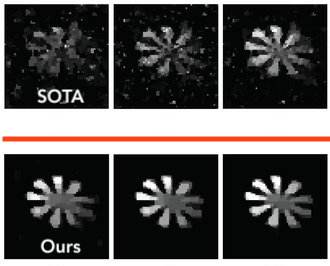
Adaptive Single Photon Compressed Imaging Based on Constructing a Smart Threshold Matrix 2018
Single photon imaging system is a photon counting based singel pixel camera, which takes picture with compressed sensing (CS) theory. We proposed an smart adaptive measurement matrix to improve the performance of CS reconstruction ability. The experiement shows our smart matrix could work for many algorithms and could be used for modify any kind of measurement matrix.
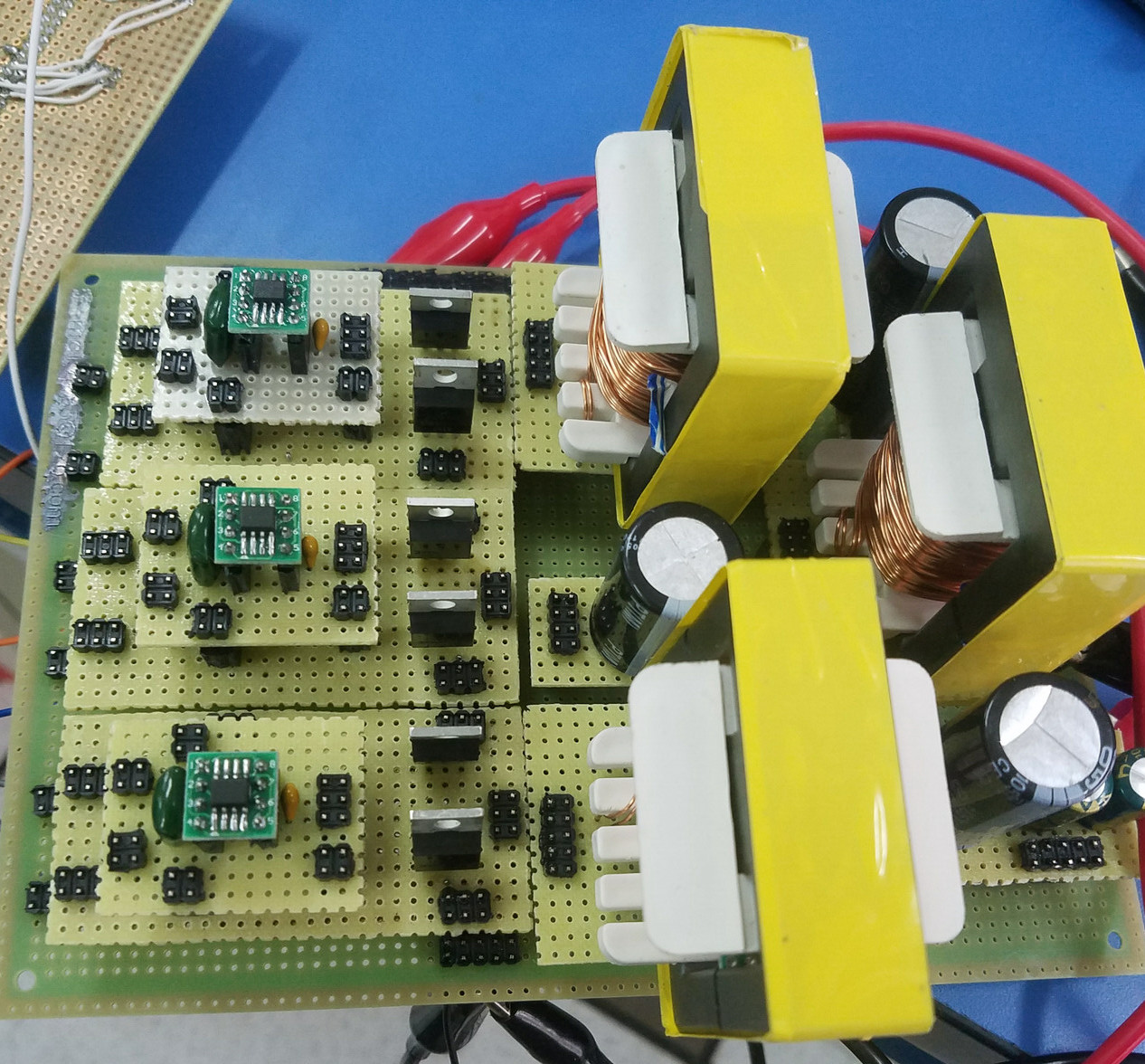
Three Phase DC-AC Converter 2017
This three phase DC-AC converter aims for converting 12V DC power to three phase 24V AC power. This system is controlled by a STM32F103 Microcontrol Unit, which provides features like voltage regulation, phase regulation, over-current protection. The efficiency is higher than 90%. Phase regulation enables two converter grid-connected. The output voltage is regulated with PID algorithm for 100 times per second.
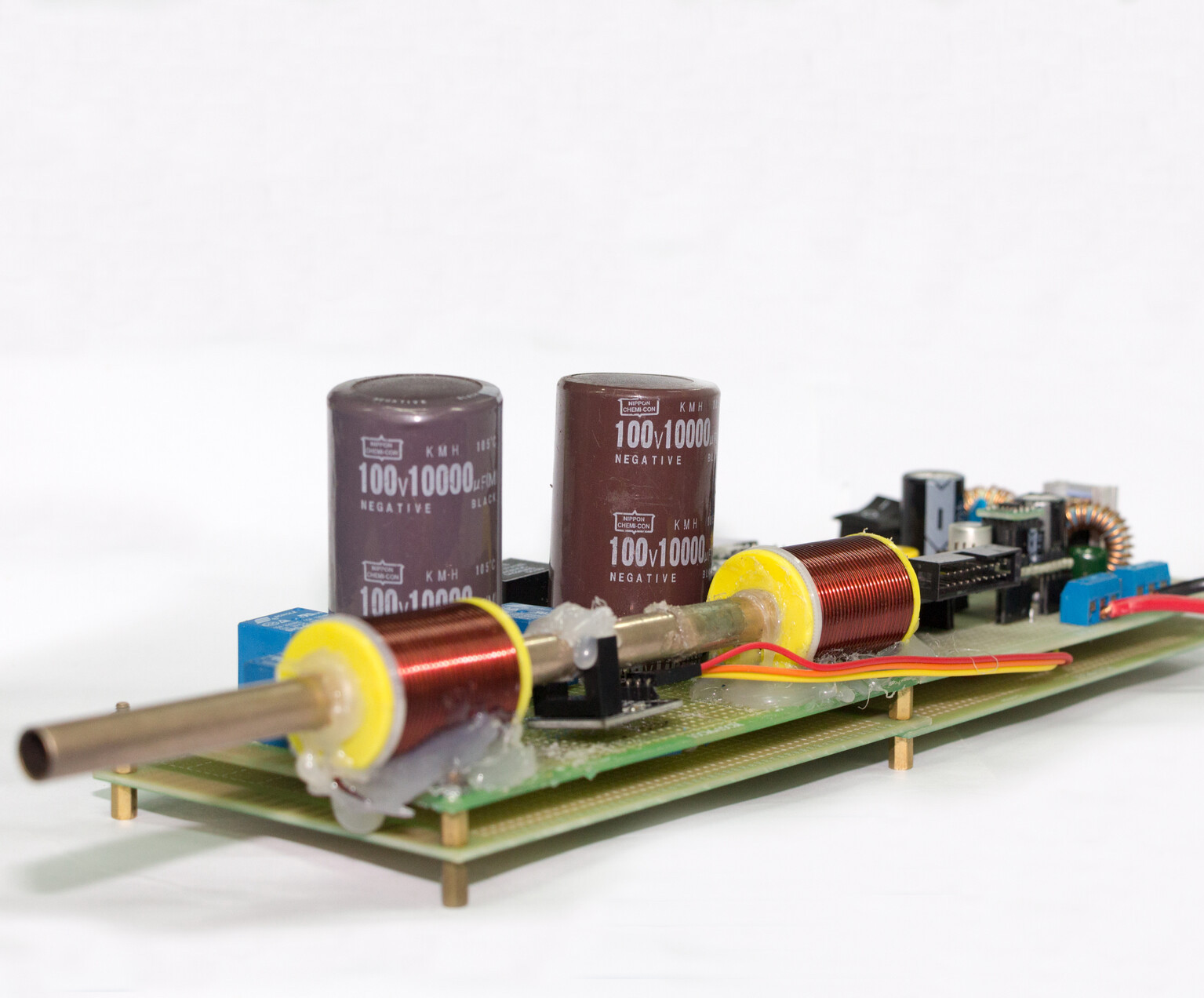
Wireless Auto-Detection Electromagnetic Gun 2017
In this small project, I designed and made a wireless electromagnetic gun. Both radio and gun are built with STM32F103. The radio could show the current voltage, firing status, and could auto detect object near it. When the object approaching, it will send fire signal to the electromagnetic gun through 2.4G NFR24L01. The controller has two buttons that user could use for manually firing. The electromagnetic gun is powered by two XL6009 that transfer 12V DC to ~70V DC. Two capacitances are used to store the power. The steel ball could be ejected for ~30 feets.